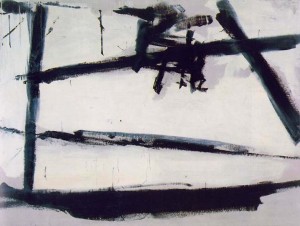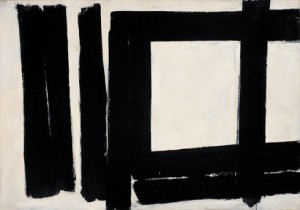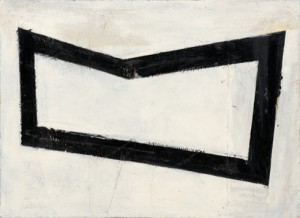Franz Kline: Master of Black and White
“I paint the white as well as the black, and the white is just as important.” – Franz Kline
When we talk about paintings, we visualize canvases filled with several colors portraying an extensive array of subjects. However, one artist became popular during the Abstract Expressionist movement in the 1940s to 1950s because of his black and white paintings.
Franz Kline is an American Abstract Expressionist is widely known for his large-scale black and white abstract paintings. In his early years as a painter, he started as a realist and primarily influenced by Old Masters. When he stayed in New York during the 1940s, he became friends with abstract expressionists including Willem de Kooning and Jackson Pollock which helped him develop another style and he was influenced to work with abstractions.
Kline’s abstract paintings are described as “dynamic,” “spontaneous,” and “intense” earning him the label as an “action painter.” He only used black and white paints on most of his works but nonetheless, they still show his intense style and less focus or no focus at all on the actual imagery. His works have been interpreted as landscapes, cityscapes, bridges, buildings, railroads and other industrial subjects. Some also likened his style to Japanese calligraphy. Kline denied any hidden message behind his paintings which interested a later generation of Minimalist artists.
Here are some of his celebrated works:

Painting Number 2 (1954)
Painting Number 2 is an oil on canvas measuring 6′ 8 1/2″ x 8′ 9″. It is displayed at The Museum of Modern Art.

Painting Number 7 (1952)
Painting Number 7 is one of Kline’s best examples of black and white artworks. It shows broad, geometric black lines.

Untitled (1952)
This oil painting is done on paper which is mounted on canvas. It shows Kline’s signature strong, block lines.
Unfortunately, Kline has no catalogue raisonné or an official listing of his artworks. Many forgeries of his works have been traded and it is difficult to prove the authenticity of the paintings being offered in art auction houses. An article revealed that at least nine Kline paintings which have been traded in Christie’s (London and New York), Koller (Zurich), and Tajan (Paris) may have been fakes. There lack of catalogue raisonné risks private collectors and major auction houses in buying a seemingly original Kline painting which in the end would turn out to be just a forgery.
Image source: http://www.guggenheim.org/